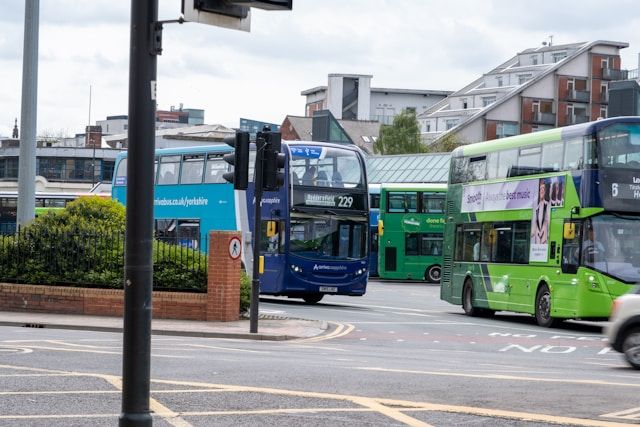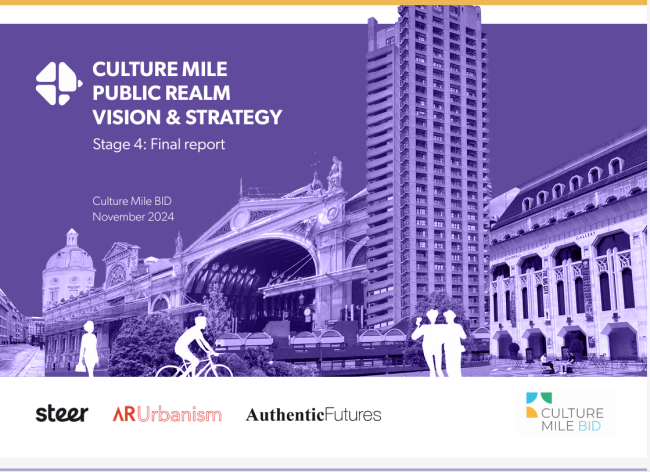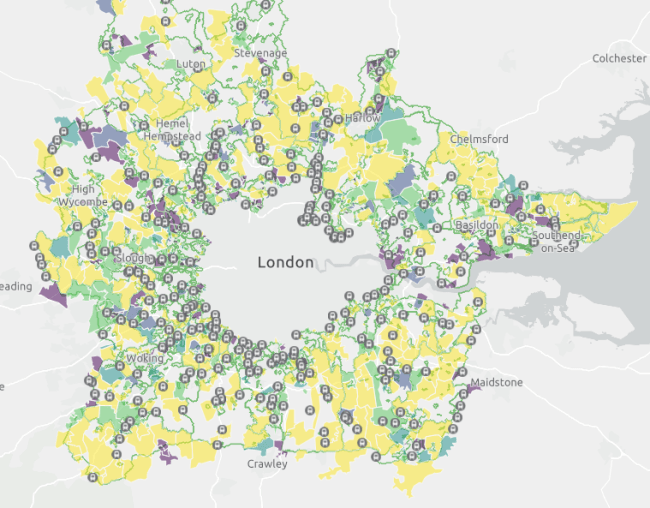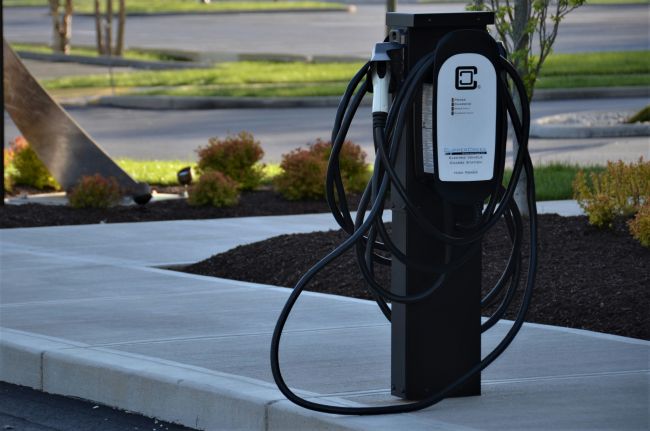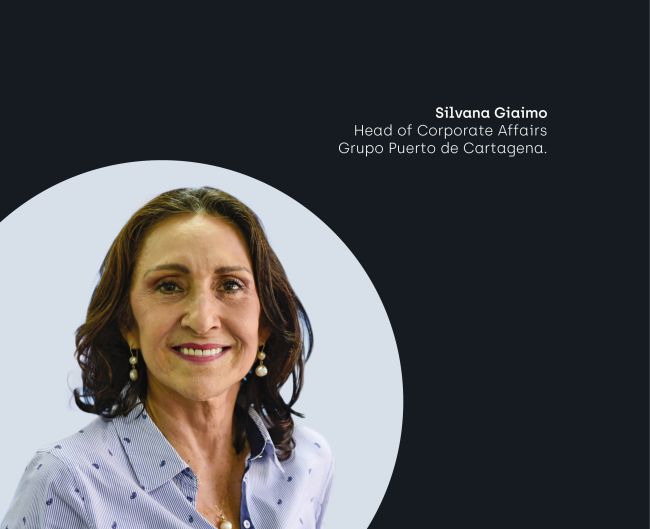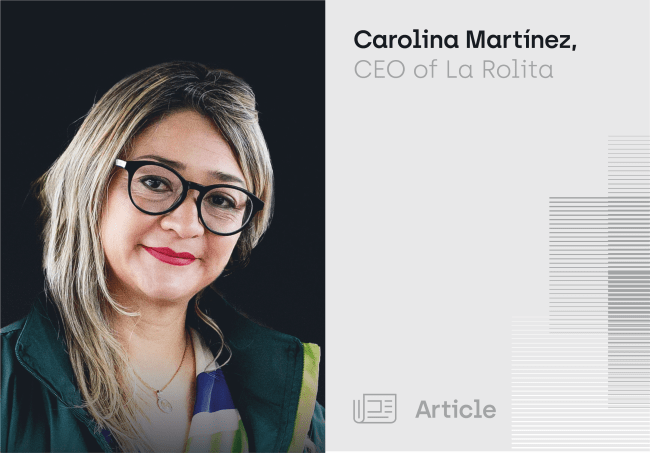Planning cities with a gender perspective
In Latin America, there is an important knowledge gap in how gender roles influence travel decisions and their spatial patterns.

In Latin America, there is an important knowledge gap in how gender roles influence travel decisions and their spatial patterns. In addition, there is continuous invisibility of trips for purposes other than work. A better understanding of the mobility patterns of women and men, considering their profile, travel purposes, modes used, distances and travel times, can reveal gaps between the needs and structure of our cities and their transportation systems.
The omission of a gender perspective that considers the diversity of the population is evident in the structure of many of our cities and their mobility systems. For example, many of the mass transit systems follow patterns that prioritise linear travel for work purposes to centres of economic activity. This type of travel is carried out mostly by men who participate in the formal labour market.
However, for other population groups, travel for work purposes is less important. For example, as identified in a series of studies including one recently completed by Steer on mobility patterns in Mexico City for the CAF (Development Bank of Latin America), women's travel tends to be aimed at care (35%), such as taking or picking up someone or going shopping. Additionally, the percentage of trips for care purposes increases for groups of reproductive ages and in adults over 60 years of age [1].
Care trips have different characteristics than trips for work purposes. As this study showed, these are characterised by short distances and times since they are more related to the home, and they are also mainly carried out on foot (58% in the case of Mexico City). Additionally, they have different needs since, for example, packages have to be loaded or they are carried out in an accompanied way.
In addition to considering trips for different purposes, the integration of a gender perspective in urban and transport studies also implies questioning the way in which "travel decisions" are thought and conceptualised. This means that travel decisions do not always arise from a rational process that measures accessibility in costs and distances, but can be influenced by factors such as family structure, social networks, socio-spatial dynamics of the city, and the identity of people in their different intersectionalities, such as gender, socioeconomic level, ethnicity, religion, etc.
To ensure inclusive cities, these must be planned considering the multidimensionality of its users. For this, it is essential that the gender perspective is integrated throughout the planning process, starting with the collection of data that is used to plan the systems or understand the dynamics of mobility. A gender perspective can be integrated into measurement instruments including questions that reveal care-related dynamics. For example, a question indicating whether an individual travelled accompanied may reveal how interdependence affects women and men differently, and the implications of this on their mobility, including modal selection, travel costs, purposes, etc.
The gender approach must also be present in the planning and operation processes of transportation systems and urban interventions. For example, fare integration of a public transport system may have a greater impact on reducing the economic cost of women's mobility than that of men, since women make more chained trips. [2]
The integration of a gender perspective, the planning of mobility strategies and the urban environment is essential to plan cities and inclusive public policy that responds to the different needs of women, men, girls and boys, and other gender identities. From this perspective, it will be possible to plan fairer, more accessible and inclusive cities for everyone.


